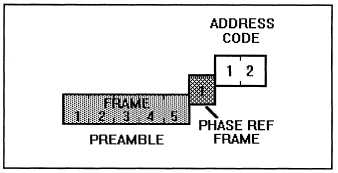Figure 2-9.—The stop codes added to the Link-11
transmission.
C A L L - U P
( I N T E R R O G A T I O N )
MESSAGE.— This message shown in figure 2-10
consists of the five-frame preamble, the phase
reference frame, and the two address frames. The
call-up message does not use start and stop codes.
Figure 2-10.—The NCS call-up message.
NCS
REPORT
AND
CALL-UP
MESSAGE.— This message shown in figure 2-11
consists of the five-frame preamble, the phase
reference frame, the two-frame start code, the data
frames containing the NCS report, the two-frame
control stop code, and two frames containing the
address code for the next PU.
Figure 2-11.—The NCS report message.
PICKET REPLY MESSAGE.— The picket
reply message shown in figure 2-12 consists of the
two-frame start code, the data frames, and the two-
frame picket stop code.
Figure 2-12.—The picket reply message.
Short Broadcast Messages
The Short Broadcast is a single data transmission
to all members of a net by a station that may be acting
as either picket or NCS. It is the same format as the
picket reply message shown in figure 2-12. The Short
Broadcast message is manually initiated by the
operator at the DTS.
Broadcast Mode Messages
The Broadcast mode messages consist of a
continuous series of short broadcast messages,
separated by two frames of dead time, as shown in
figure 2-13. The message format is the same as a
picket reply message. In the Broadcast mode, only
one unit will transmit.
Net Test Mode
The Net Test message consists of the five-frame
preamble, the phase reference frame, and the Net Test
words generated by the DTS. When all the Net Test
words in the library have been transmitted, the
sequence starts over until the operator stops the Net
Test.
LINK-11 DATA TERMINAL SET (DTS)
As you have seen, the data terminal set is the heart
of the Link-11 system.
The DTS performs the
modulation, demodulation, and control functions
required for proper Link-11 operation. It accepts data
from the CDS computer in the form of 24-bit data
words, adds six bits of error detection and correction
(EDAC) data, and converts all 30 bits into an audio
five-frame preamble, the phase reference frame, the
tone package that is sent to the transmitter portion of
2-9









